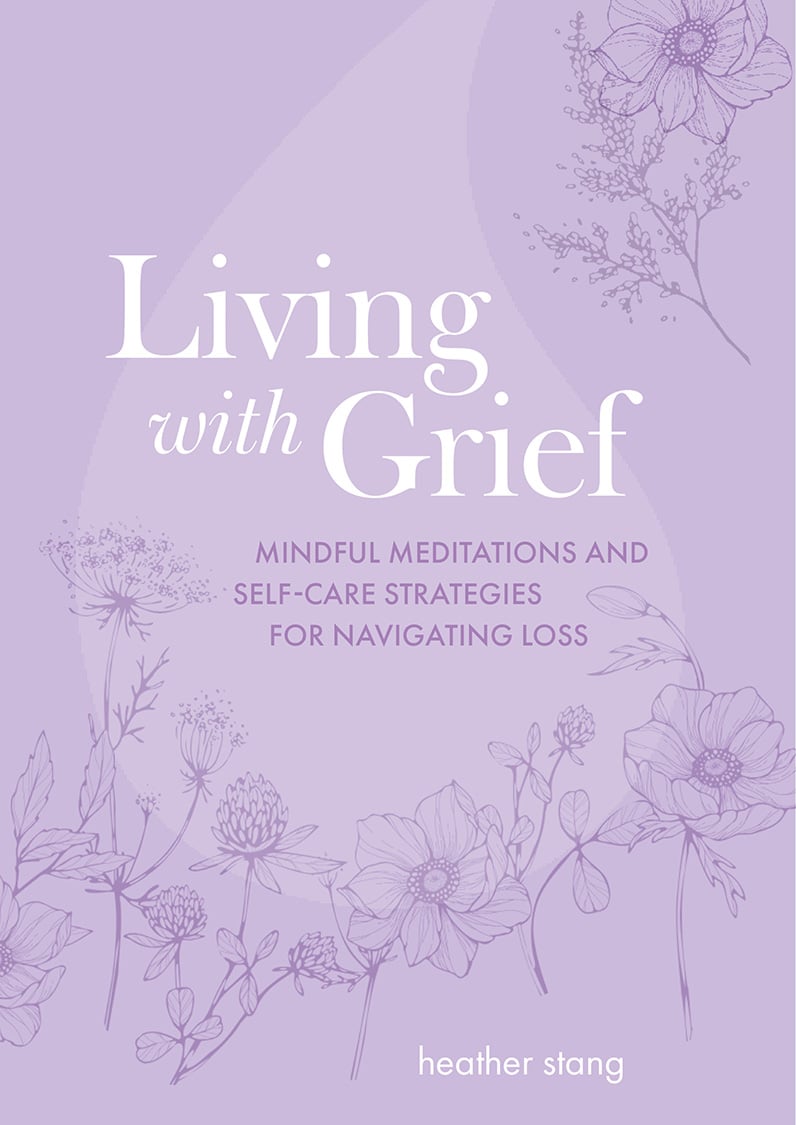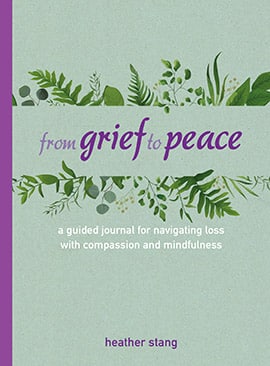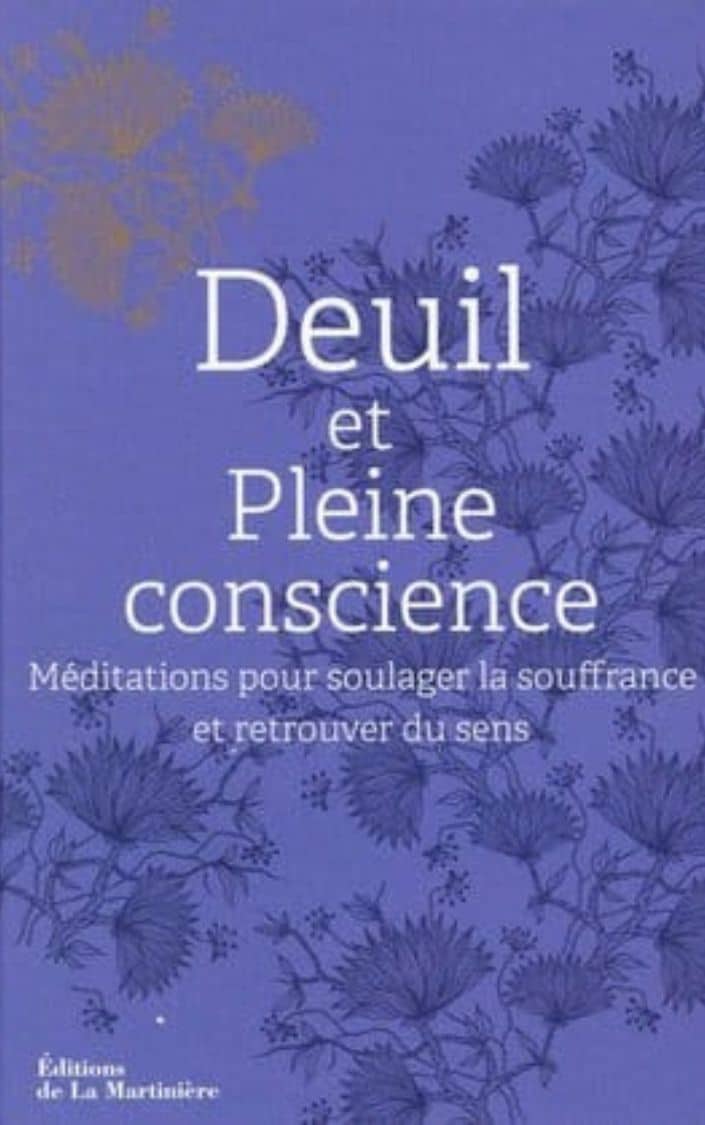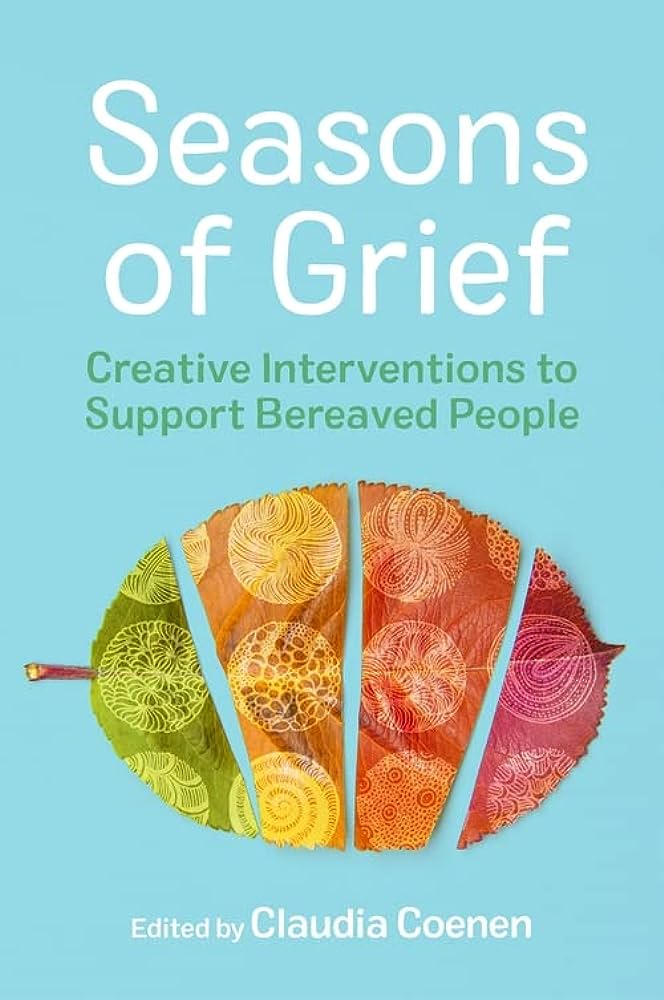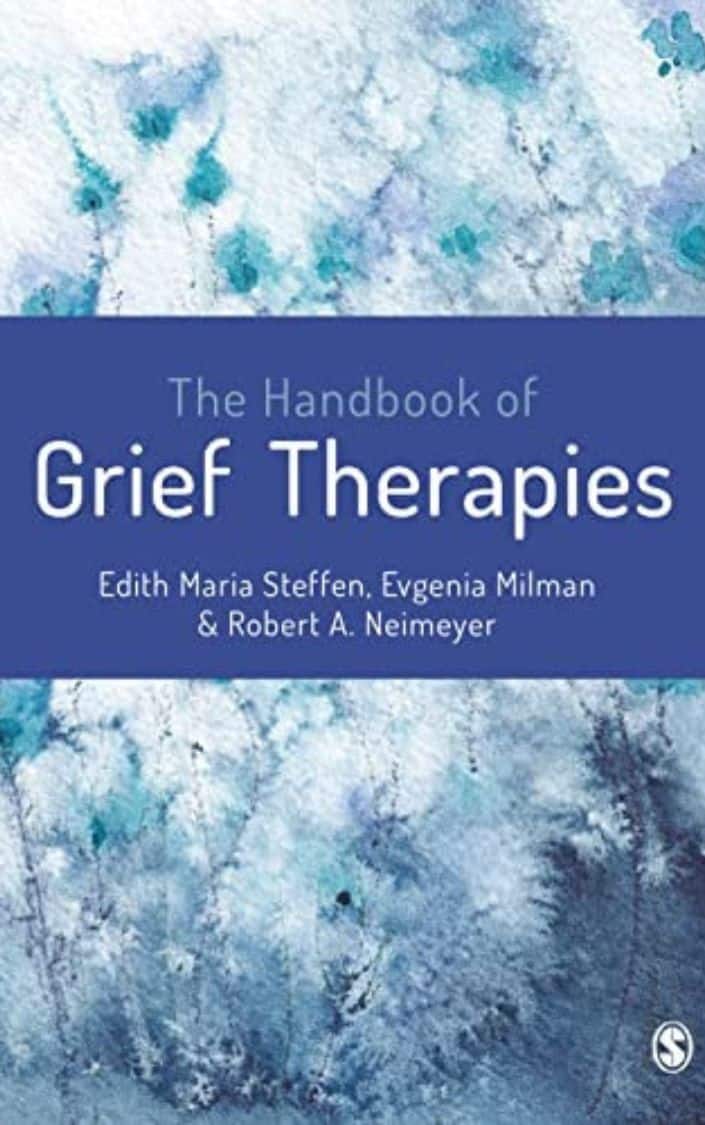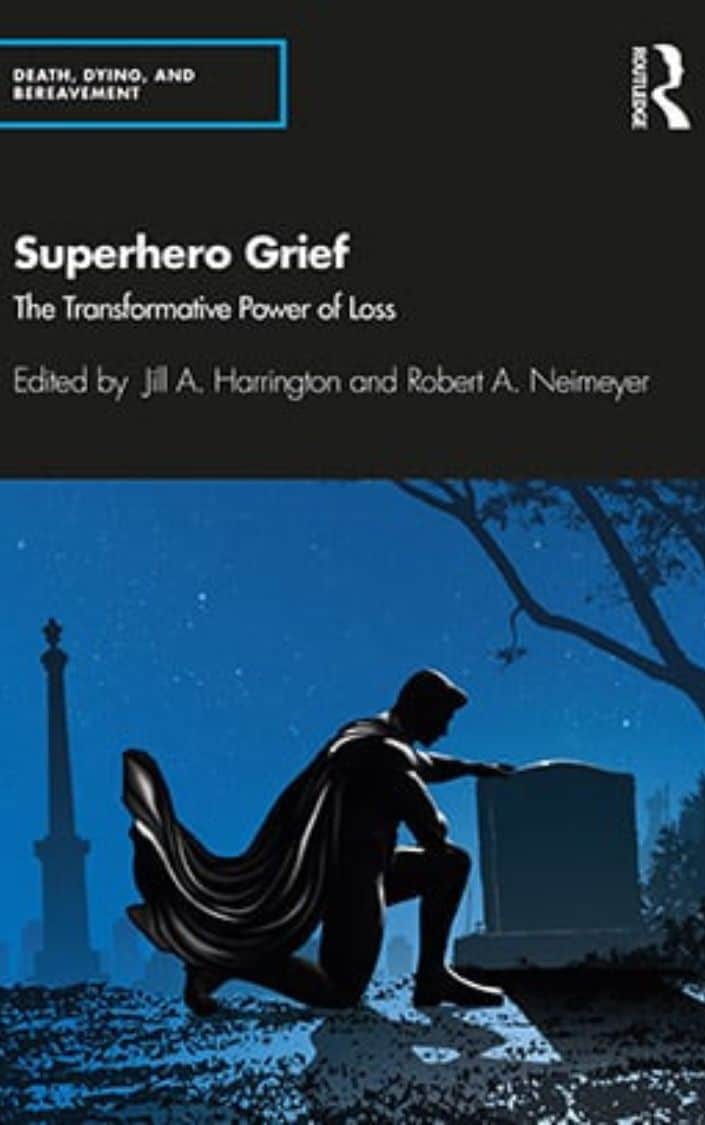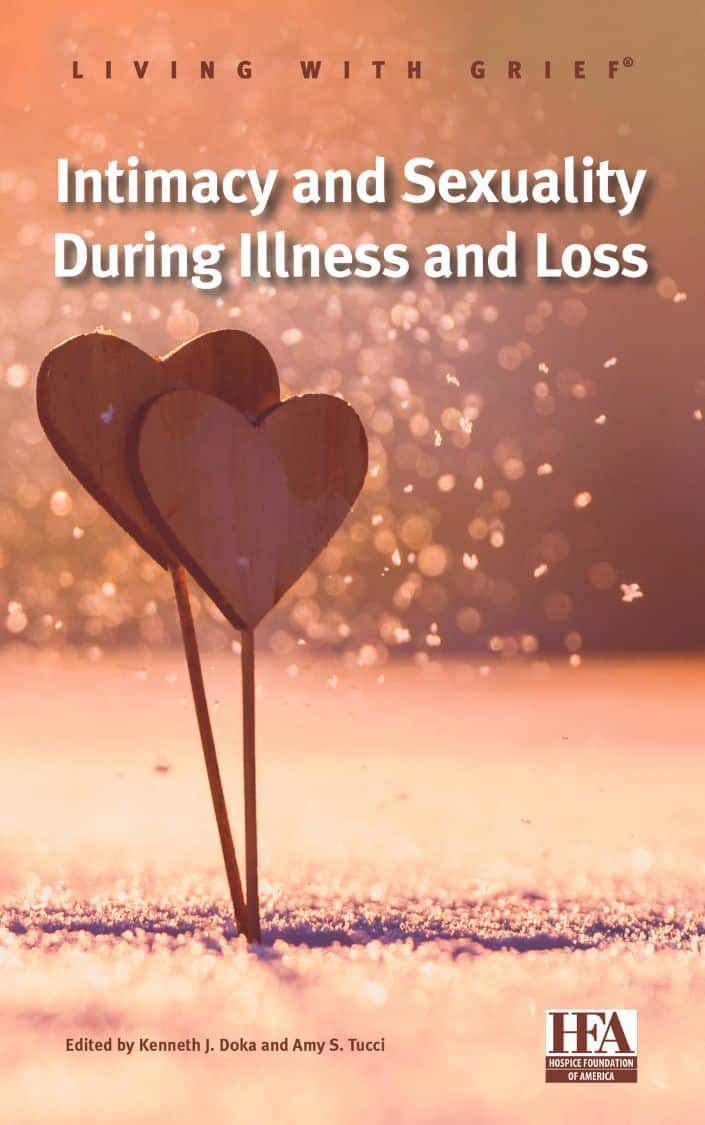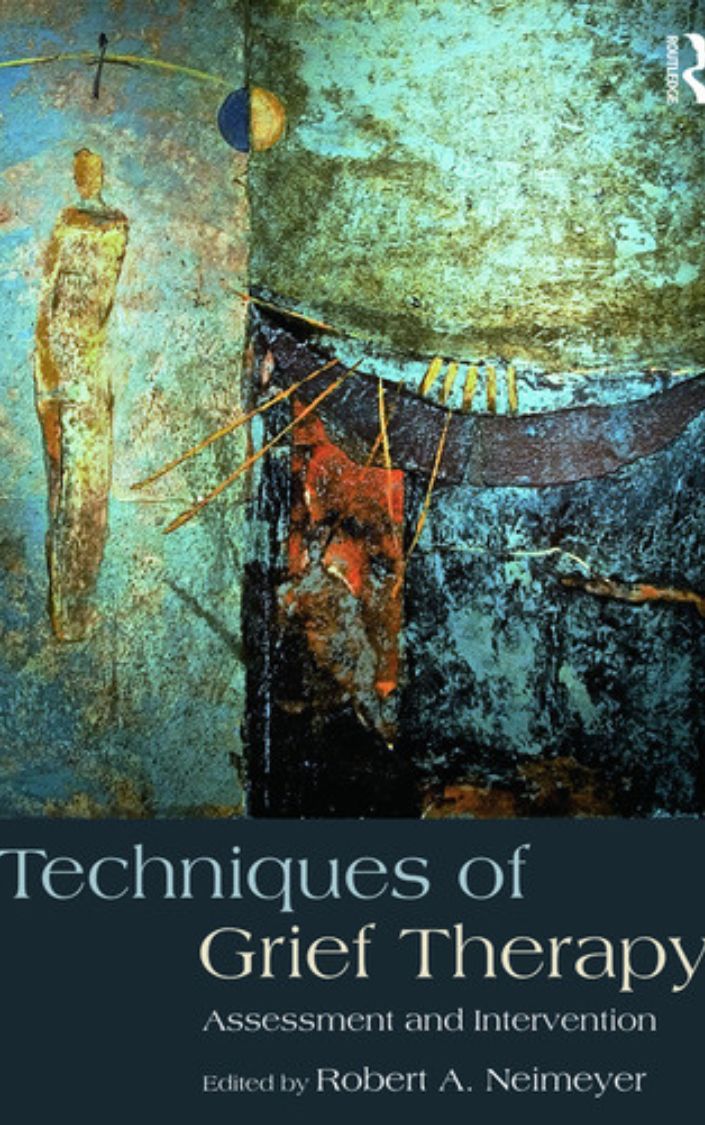Mindfulness & Grief Mastery with heather stang
Radical Self-Care for Grief Professionals
Get the support you need to refill your cup so you can restore balance and rediscover joy in your work and your life.

Tell me if this sounds like you....
You are someone who naturally feels deeply for others. You chose a career path that allows you to use this gift to support people through some of life’s most challenging moments. You love what you do.
AND, it takes a toll.
Have you started to notice how every day feels heavier than the one before? What used to bring you purpose now drains your energy. The path you loved feels lost in a haze of exhaustion, nausea, and disconnection.
You feel a knot in your stomach when you think about the work you once loved. And with that dread comes guilt—guilt for struggling with a job that’s supposed to mean so much.
The passion you once had has been replaced by a never-ending uphill climb. You spend your days tending to your clients’ pain while pushing your own aside. And now, you can’t help but wonder:
How much longer can I keep this up?
You show up every day and give everything to your clients—listening, supporting, and guiding them through their grief. You care deeply, and you give it your all. But somewhere along the way, you stopped giving anything to yourself.
You know that if you keep going like this, you’re risking your happiness, your health, and your ability to be the practitioner you want to be.
Deep down, the doubts creep in. Maybe I’m not cut out for this. Maybe the only answer is to walk away. But the thought of leaving the work you know you want to do feels just as unbearable.
This cycle isn’t sustainable. But abandoning the path you’ve dedicated your life to feels like giving up a piece of yourself.
You find yourself wondering: Surely, there has to be another way.
I promise you, there is.
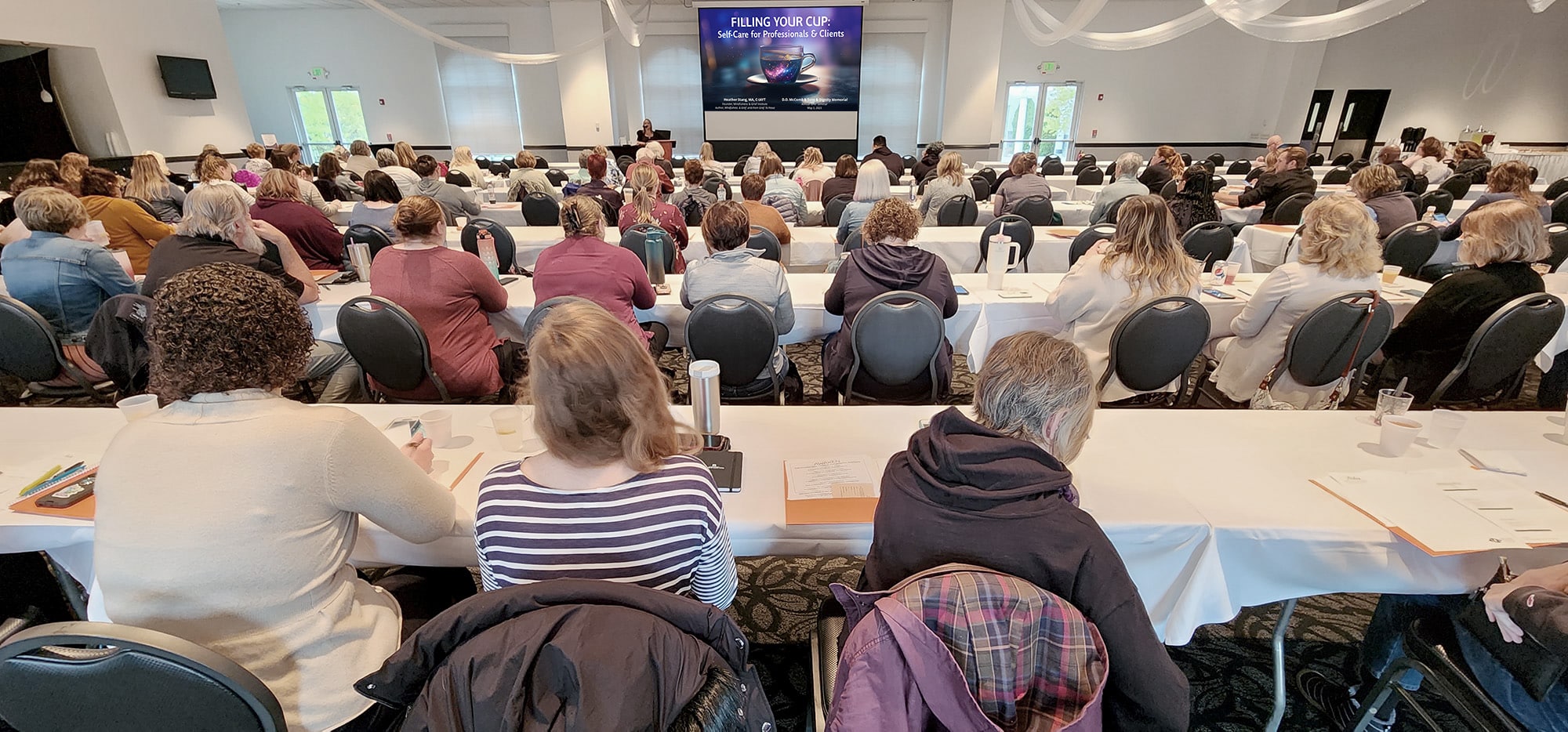
This work can get to even the strongest among us
Feeling overwhelm in our field is not the exception; it’s the rule.
I’ve seen firsthand the personal toll this work takes. Too often, the ledger of time, energy, and vitality becomes so unbalanced that it feels like the accumulation of debits may never be settled. I know because I’ve carried my own debt sheet, paying the price with my mental and physical health.
For two decades, I’ve worked with end-of-life practitioners, bereavement experts, and deathcare professionals. I’ve taught self-care to organizations like the National Hospice and Palliative Care Organization, state and local hospices, and large funeral home chains.
And without fail, after every session, someone pulls me aside—an attendee, the event organizer, or even the CEO. I find myself looking into the eyes of someone with a deep desire to help, trapped in a system that doesn’t give them what they need to care for themselves.
I know what’s coming. They confide in me—the burnout, the fatigue, the sense of being broken. And then comes the part that breaks my heart every time: the shame they carry for feeling this way.
What will it take for you to realize that giving your all to others without taking care of yourself isn’t sustainable?
This cycle of giving everything to others while neglecting yourself is unsustainable. But the good news is, it doesn’t have to be this way.
Here’s the hard truth: if you keep going like this, it won’t get better. In fact, it’s likely to get worse.
Fortunately, you have what it takes to get your joy back—you just need the guidance to get there
Many of the challenges thatm make grief work so hard are beyond your control. But there is one thing you can control: how you care for yourself—body, mind, and spirit.
When you neglect your own well-being, everything gets harder. Showing up for your clients becomes more draining, and over time, the toll it takes on you only grows.
- The weight of grief work doesn’t stay at the office—it follows you home, impacting your energy, straining your relationships, and affecting the people you care about most.
- Your stress begins to take a toll on your health. You’re exhausted, both physically and emotionally, and it feels harder to bounce back each day.
- You’ve given so much of yourself to others that you barely recognize the vibrant, passionate person you once were.
- You feel stuck—trapped in a cycle of burnout and yearning for a way to reignite your spark, rediscover your balance, and feel whole again.
- And worst of all, you’ve started to question your purpose, wondering if what you’re doing truly makes a difference or if you’re just going through the motions.
The good news: you don’t have to stay stuck.
You already have what it takes inside to overcome this with the right tools and support.
You know you have the skills, but what you really need is a community to hold you accountable and cheer you on.
Or maybe the things you’ve tried in the past didn’t work, and now you’re ready to try something new—something that feels aligned with who you are and what you need.
Or perhaps you’re dreaming of going out on your own—leaving a toxic work environment and starting your own grief support program or private coaching practice—but you just need some structure and guidance to make it happen.
No matter where you are right now, the good news is that there is a way to reclaim your energy, rediscover your purpose, and restore your sense of balance.
It starts with caring for yourself as much as you care for those you serve.
Because how can you help others navigate their pain if you’re drowning in your own?
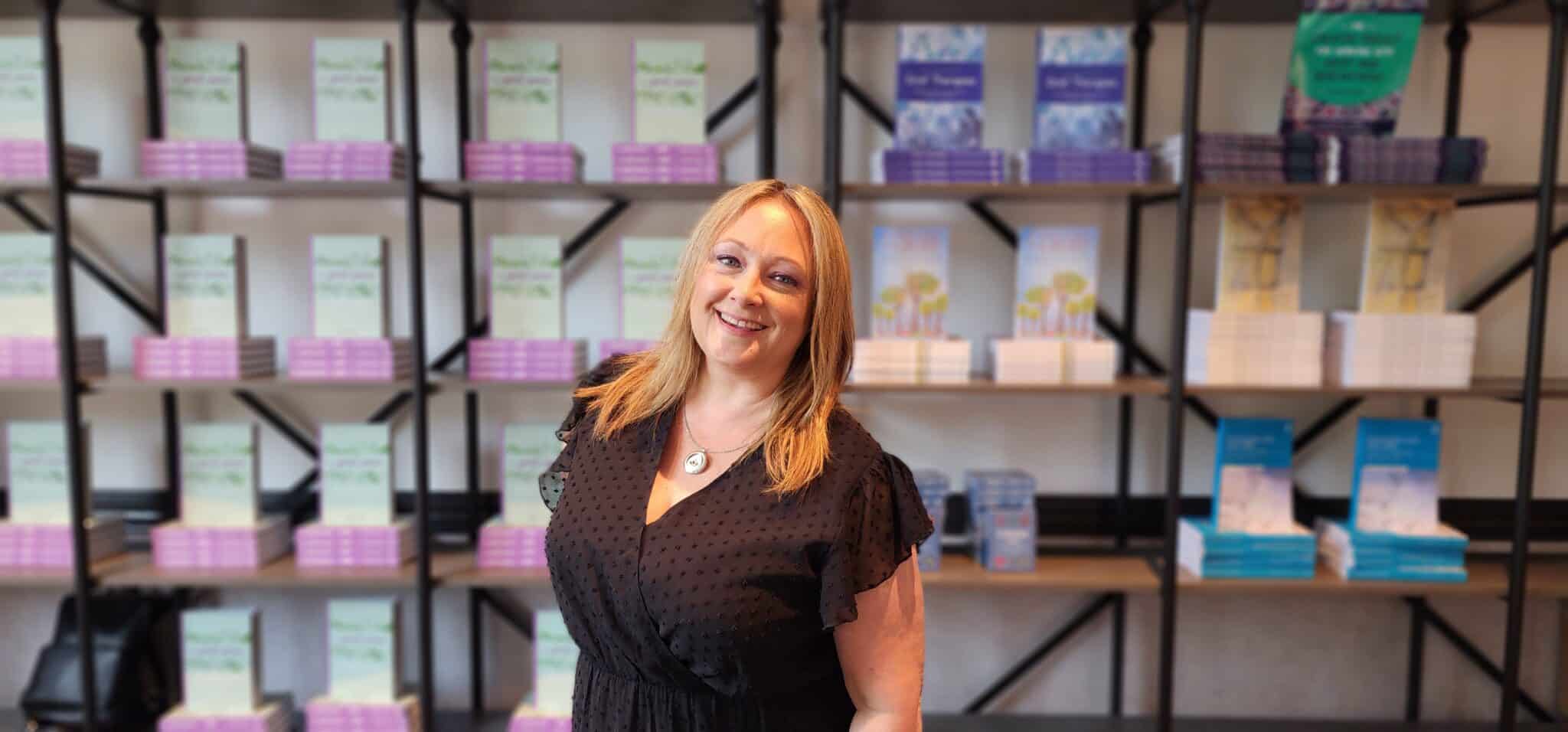
The story I used to keep to myself
Grief work is one of the hardest jobs there is. Most people don’t understand it. It’s underfunded, unacknowledged, and pushed to the fringes.
Even the people in your life who try to understand—friends, family, or loved ones—can’t truly grasp the weight of this work. It’s exhausting, demanding, and isolating.
On top of all that, you’re expected to carry your own losses—both death and non-death—while guiding your clients through theirs. No wonder burnout and compassion fatigue are so common.
I know this pain because I’ve lived it. I’ve felt the isolation. I’ve carried the weight of others’ grief while quietly battling my own. I’ve burned out. I’ve given so much of myself without having the tools or support to refill my own cup.
When Burnout Hit Me for the First Time
The first time burnout hit me, I was a 29-year-old web designer. I was working around the clock and drowning my stress in alcohol and more work. I told myself I was fine—until my body said otherwise.
I developed shingles, and it was a wake-up call I couldn’t ignore. A nurse practitioner told me to try yoga, and that one suggestion changed my life.
Yoga gave me the tools I needed to manage stress and grief in ways I never thought possible. It started me on a journey that led me to sell my business, become a certified yoga therapist, and earn a master’s degree in thanatology in honor of my Uncle Doug, who died by suicide when I was seven.
During that time, I created an 8-week yoga for grief program that eventually became the Mindfulness & Grief System. This framework combines my years of training with the stories and wisdom my bereaved clients entrusted to me. It shaped my books, my methods, and my passion for helping others. For the first time, I felt like my work had real meaning.
When Burnout Hit Me Again
By 2019, I was living the dream—or so it seemed. My book Mindfulness & Grief was widely recognized in the grief care field. My private practice was thriving. I was traveling the country, teaching hospice and bereavement organizations how to use mindfulness in their work.
From the outside, everything looked perfect. But inside, I was crumbling.
I had no support system—no therapist, no accountability, no community. I worked myself to the bone and didn’t make time for self-care. And then, the shingles came back.
A Hard Truth and a Harder Lesson
I have self-compassion for the version of me who didn’t see it coming. My dog was dying. My marriage was falling apart. I was working three jobs to support a lifestyle that, as I later learned, was built on financial misinformation.
That second wake-up call taught me an essential truth:
- The life-saving power of self-care. I had the tools, but without accountability, I couldn’t make them stick.
- The transformative power of community. A supportive community gave me the encouragement and accountability I needed to sustain my self-care practices.
Self-care and community are inseparable. One cannot thrive without the other.
Why I’m Sharing This Now
This symbiosis between self-care and community became the foundation for everything I teach today.
At conferences, people would ask me how I managed to keep going. They wanted to know how I survived the challenges of this work. I wanted to share what I’d learned with them—with you—but something always held me back.
I wasn’t ready. At the time, I didn’t fully understand why. Now I know—it wasn’t enough to know the tools. I had to live them. I had to put the practices to work for myself and lean into the support of others.
It took that second wake-up call—and the hard-earned lessons that came with it—to deepen my understanding of self-care and community.
But life wasn’t finished testing me yet. What I didn’t know was that an even greater challenge was on the horizon, one that would push me to truly live what I teach and take these practices to the next level.

Another F-ing Growth Opportunity (AFGO)
In 2022, I faced one of the hardest challenges of my life: I divorced my husband because of financial infidelity. Everything came crashing down when we were served notice of a lien on our house due to his unpaid taxes—something he had hidden from me for years. I was embarrassed, betrayed, and beyond angry.
At first, I slipped into old patterns. I turned to drinking—a destructive coping mechanism I’d relied on in the past. My body started to protest, and this time, instead of ignoring it, I chose to listen.
I remembered the lessons I had learned: I had the tools to navigate this, but I needed to actually use them. Just as importantly, I needed the support of a community to help me through.
Leaning In and Reclaiming Myself
So, I leaned in.
I practiced mindfulness. I journaled through my pain. I moved to the shore of the Potomac River and learned how to kayak, finding peace in the rhythm of the water. I signed a deal for my third book when my publisher approached me about writing on non-death loss. Writing Navigating Loss was a transformative experience. For the first time, I got deeply personal in my writing, sharing about my divorce and my estranged relationship with my father.
At the same time, I co-created a mastermind group of grief professionals—a space where I could be honest about both my good days and my bad ones. This group became my lifeline, reminding me that no matter how heavy the work gets, I am not alone.
I also sought out help to heal my core childhood wounds. I worked towards reprogramming my core childhood wounds with my Integrative Attachment Theory Coach, and the impact of that work was life-changing.
The tools and strategies I learned didn’t just help me heal—they also deeply resonated with my bereaved clients. When I started sharing what I was learning with them, their responses were powerful. These tools made a difference for them too.
Seeing the impact these lessons had on both myself and my clients, I knew I wanted to take it further. I wanted to fully integrate these practices into my life and work, so I became certified as an Integrative Attachment Theory Coach through the Personal Development School.
A Hard Transition, A Profound Transformation
While this transition was incredibly hard, it was also profoundly transformative. I’ve learned so much about myself and built a deeper relationship with me. I’ve healed core wounds from my childhood, processed the pain, and—while I didn’t cause my husband’s behavior—I came to understand my role in the dynamic.
This experience reinforced a truth I’ve always known: self-care and community are inseparable. Together, they create the foundation for healing, growth, and resilience.
This journey gave me the confidence and clarity to know that I was ready to share this with you. For years, I’ve had the skills to teach and support grief professionals and have worked with some of the most highly regarded organizations in the field.
But putting these practices into action for myself—fully living the power of self-care and community—was the missing piece.
I am now ready to share what I’ve learned. You don’t have to carry this weight alone, and you don’t have to sacrifice yourself to make a difference. Together, we can create a path that supports both your well-being and your ability to serve others with compassion and purpose.

It’s time to reclaim your purpose and replenish your spirit
I’ve heard your stories. I’ve met chaplains, hospice workers, therapists, and funeral directors who pour their hearts into helping others yet often feel depleted and overwhelmed. You’ve shared your struggles with burnout, compassion fatigue, and the challenge of showing up for others when your own well-being is falling apart.
That’s why I created Mindfulness & Grief Mastery—to give grief professionals like you the tools and support you need to break free from the overwhelm, reawaken your passion, and reclaim the energy and resilience that first drew you to this work.
Learning new skills isn’t just about professional growth—it’s about reigniting the spark that made you fall in love with this work in the first place. Through this program, you’ll gain evidence-based tools and practices that can transform how you care for your clients and yourself.
Whether you want to create grief support programs, offer private coaching, or simply bring more balance and intention to your current role, Mindfulness & Grief Mastery will empower you to make a meaningful impact—without sacrificing your own well-being.
With this program, you won’t just transform how you support others—you’ll transform how you support yourself.
What The Program Includes:
Putting the Practices to Work
When I faced one of the hardest transitions of my life, I realized that knowing the tools wasn’t enough—I had to fully lean in and use them in ways I hadn’t before.
I practiced mindfulness. I journaled through my pain. I sought guidance from a coach. And I surrounded myself with a community of peers who understood my struggles and gave me the accountability, encouragement, and compassion I needed to move forward.
This experience taught me a powerful truth: what we teach to others, we must practice for ourselves. Through this process, I didn’t just grow as a professional—I grew as a person. I built a deeper relationship with myself, healed long-standing wounds, and learned to face life’s challenges with greater resilience.
Helping You Practice What You Preach
This program isn’t about ego. It’s about breaking the cycle of suffering—for both you and your clients.
Too often, grief professionals sacrifice their own well-being in service to others, believing it’s the price of making a difference. But here’s the truth: it doesn’t have to be one or the other.
Both can be true.
You can serve others with deep compassion while offering that same compassion to yourself.
When you practice what you preach, you strengthen your ability to support others while modeling the kind of balance and self-care that makes this work sustainable—for yourself, your clients, and everyone who looks to you for guidance.
You are in the right place if you are ready to...
This program isn’t just about professional development—it’s about transforming your life. Mindfulness & Grief Mastery will help you refine your purpose, renew your energy, and shift how you approach grief work, so you can serve others—and yourself—with compassion and confidence.
You’ve been giving so much of yourself to others, but deep down, you know something has to change. The stress is taking its toll—on your energy, your relationships, your health, and even your sense of purpose.
You don’t have to wait for burnout or a breaking point to make a change. You deserve the same care and compassion you give to others every single day.
Schedule your call with me to find out if you will benefit by joining me in Mindfulness & Grief Mastery.
I want to share with you the the tools, practices, and community support you need to not just survive this work, but thrive in it—both professionally and personally.
This is your chance to create a sustainable way forward, so you can show up for yourself and your clients with energy, authenticity, and purpose.
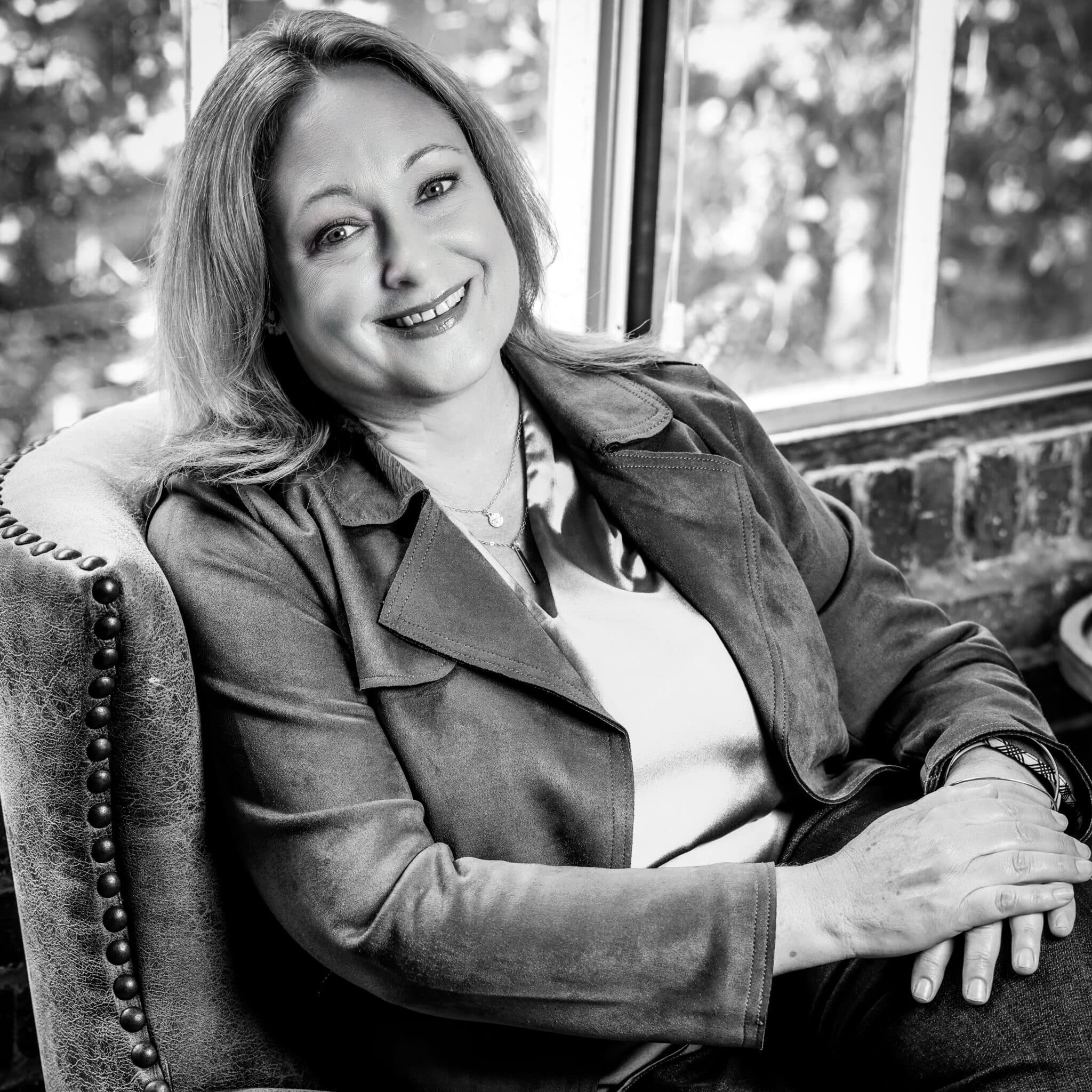
Heather Stang, MA, C-IAYT, is the author of Navigating Loss, Living With Grief (formally Mindfulness & Grief) and the guided journal, From Grief To Peace.
She holds a Master's Degree in Thanatology from Hood College, is a Certified Phoenix Rising Yoga Therapist, and Certified Integrated Attachment Theory Coach through the Personal Development School.
Her 8-step Mindfulness & Grief System that is featured in the Handbook of Grief Therapies, and is the foundation of a self-care focused online grief support group, Awaken. Heather also hosts the Moving Grief Podcast, the Mindfulness & Grief Podcast, and offers private sessions and professional training through her organization, the Mindfulness & Grief Institute.
Her work is grounded in a heartfelt desire to relieve suffering, and in honor of her Uncle Doug who died by suicide when she was a child. Heather holds a master’s degree in Thanatology from Hood College and is a Certified Yoga Therapist in the Phoenix Rising tradition.

